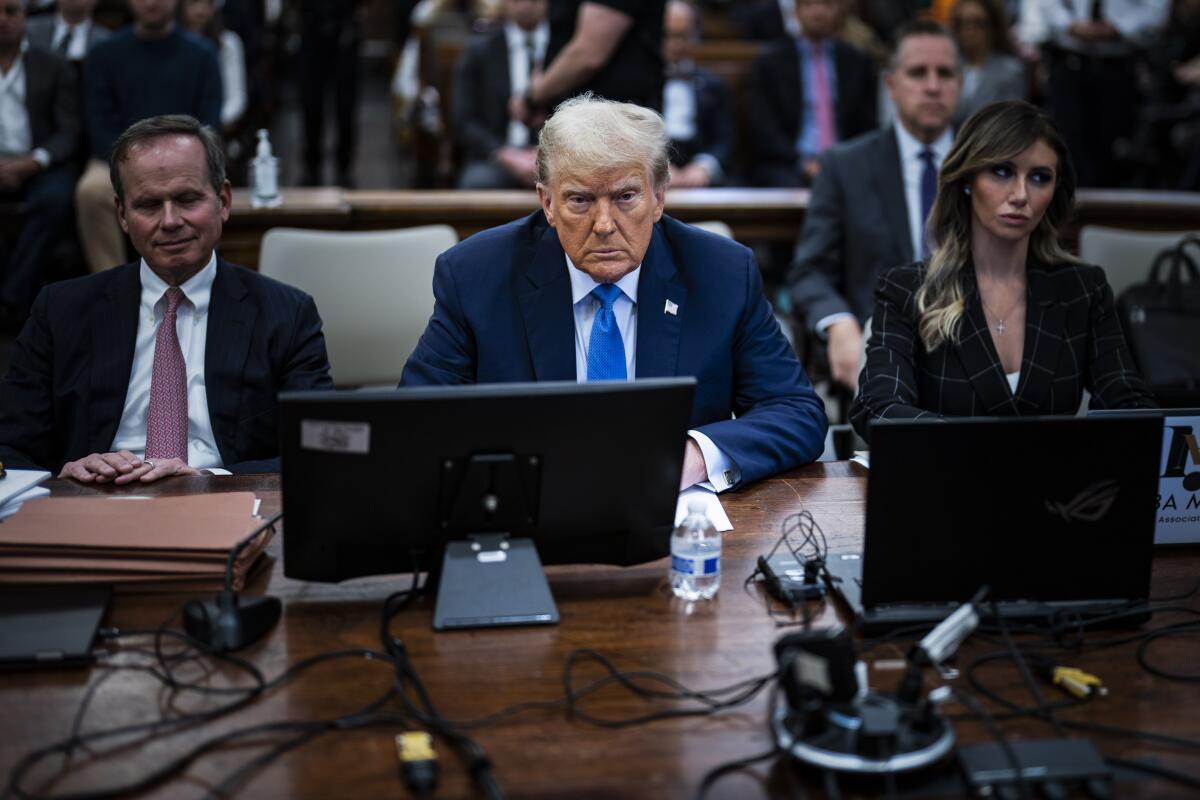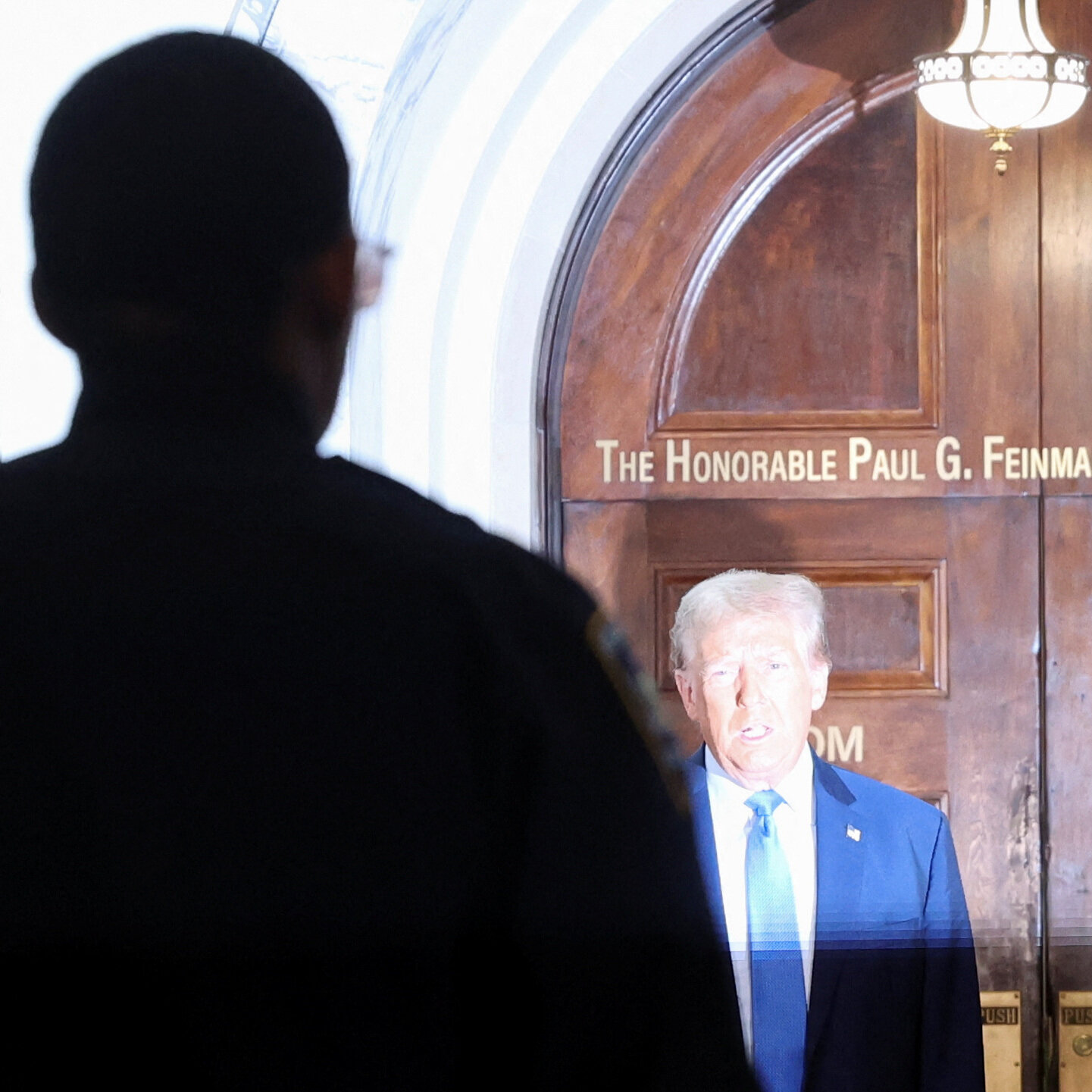Ms. Bernstein, a prominent journalist, podcast host, and author of the acclaimed book “American Oligarchs: The Kushners, the Trumps and the Marriage of Money and Power,” witnessed a significant turn of events in New York on Friday.
State Supreme Court Judge Arthur Engoron delivered a resounding judgment, commanding Donald Trump and his company to pay a staggering sum of $355 million. This ruling was the result of repeated, audacious lies regarding the valuation of Trump’s assets.
This decision follows closely on the heels of another legal blow to Trump: a jury recently ordered him to pay $83.3 million in a defamation case brought by writer E. Jean Carroll, yet another consequence of his deceitful actions.

Trump (Credits: Los Angeles Times)
These penalties compound previous findings against Trump and his company, including 17 felony convictions for fraud and a separate civil jury verdict demanding payment of $5 million for sexual assault and defamation. Trump, predictably, is appealing all these verdicts.
The implications of a leading candidate for the Republican presidential nomination being repeatedly found guilty of deceit by both judge and jury are profound.
Equally striking is the brazen continuity between Trump’s courtroom conduct and his public actions in recent months, which have only served to bolster his brand. Even as legal setbacks mounted and financial repercussions loomed, Trump found ways to leverage the trials to his advantage.
Following Engoron’s ruling, Trump’s attorney, Alina Habba, promptly announced plans to appeal, decrying the verdict as a “manifest injustice” resulting from a politically motivated vendetta. According to her, extensive testimony during the trials failed to substantiate any wrongdoing, crime, or victimhood.
Having observed both trials firsthand, I can attest to the spectacle of Trump’s courtroom appearances. Whether enduring tedious business fraud proceedings or the emotionally charged Carroll case, Trump remained a central figure, attracting swarms of journalists seeking soundbites.
During breaks in the business fraud trial, reporters clamored for glimpses of Trump outside the courthouse. Positioned behind barricades for security, Trump seized these moments to address supporters, lamenting his courtroom presence while hinting at campaign engagements he was missing.
Despite having no obligation to attend these proceedings, Trump strategically utilized his courtroom appearances to bolster his public image. Images of him behind the barricades circulated globally, featured prominently in news coverage and even incorporated into his fundraising efforts and campaign rhetoric.























